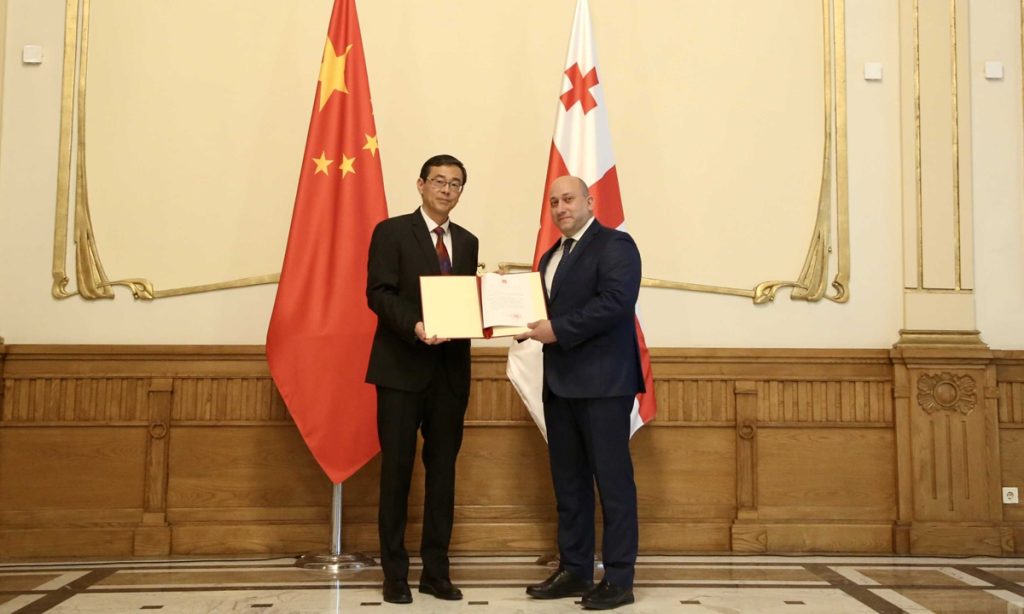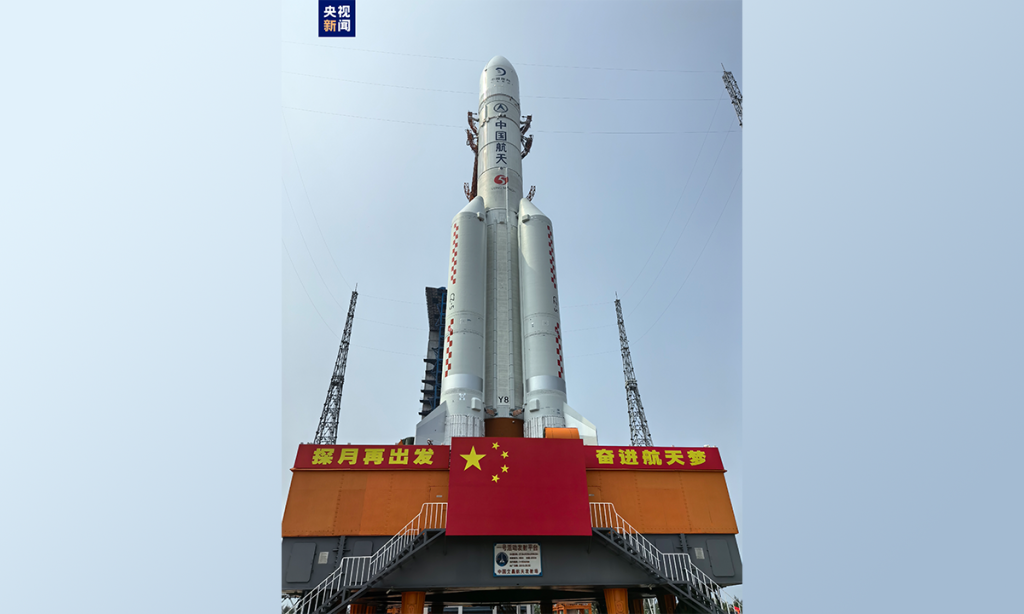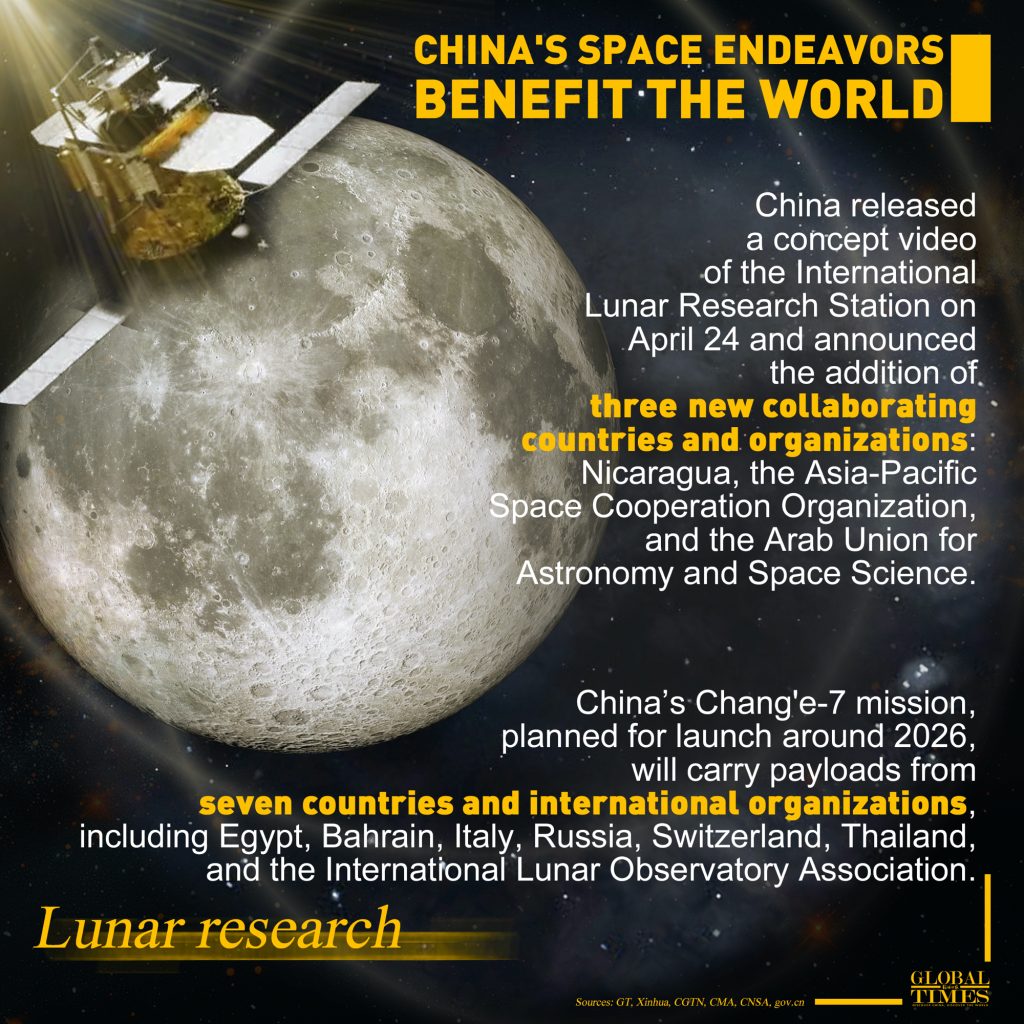China, France release joint declaration on AI governance, agreeing to work closer

China and France on Monday released a joint declaration on artificial intelligence (AI) and global governance during Chinese President Xi Jinping's state visit to France, with the two heads of state agreeing to take measures to work closer on addressing AI risks, strengthening cooperation and global governance of AI to promote "secure, reliable, and trustworthy AI."
The declaration, consisting of 10 sub-agreements, said that President Xi and French President Emmanuel Macron firmly believe the importance of continued dialogue between the two countries in providing lasting solutions to global challenges and have decided to strengthen China-France relations as a driving force for international governance in addressing global challenges.
It is an add-on agreement following the consensus reached in the China-France Joint Declaration on April 7, 2023.
The declaration noted that China and France both fully acknowledge the crucial role of AI in development and innovation, the profound impact of its rapid development, as well as the potential and existing risks associated with this technology.
Thus, the two sides unanimously believe that promoting the development and security of AI and pushing for appropriate international governance is crucial, and are committed to taking effective measures to address these risks associated with this technology.
Both are on the same page over the basic rules for AI governance. They agreed to take into account the flexibility required for the rapid development of technology, while providing necessary protection for personal data, the rights of users, and the rights of users whose works are used by AI.
They also commit to promoting secure, reliable, and trustworthy artificial intelligence systems, adhering to the principle of "AI for good."
Another keyword mentioned in the declaration is "cooperation." The declaration said that international cooperation in AI governance will rely on work conducted at the United Nations level and China and France will help strengthen the network capabilities of all countries, especially developing countries, to address various network threats related to AI development, and bridge the digital divide among developing countries.
China is willing to participate in the AI summit that France will host in 2025 and related preparatory work. China also invites France to participate in a high-level meeting on global governance of AI for World Artificial Intelligence Conference (WAIC).
The WAIC is China's top-level AI event held in Shanghai each year. This year's event will take place from July 4 to 6.
Last year, on the field of AI governance, China, together with more than 20 countries, signed the "Bletchley Declaration" on November 1.



